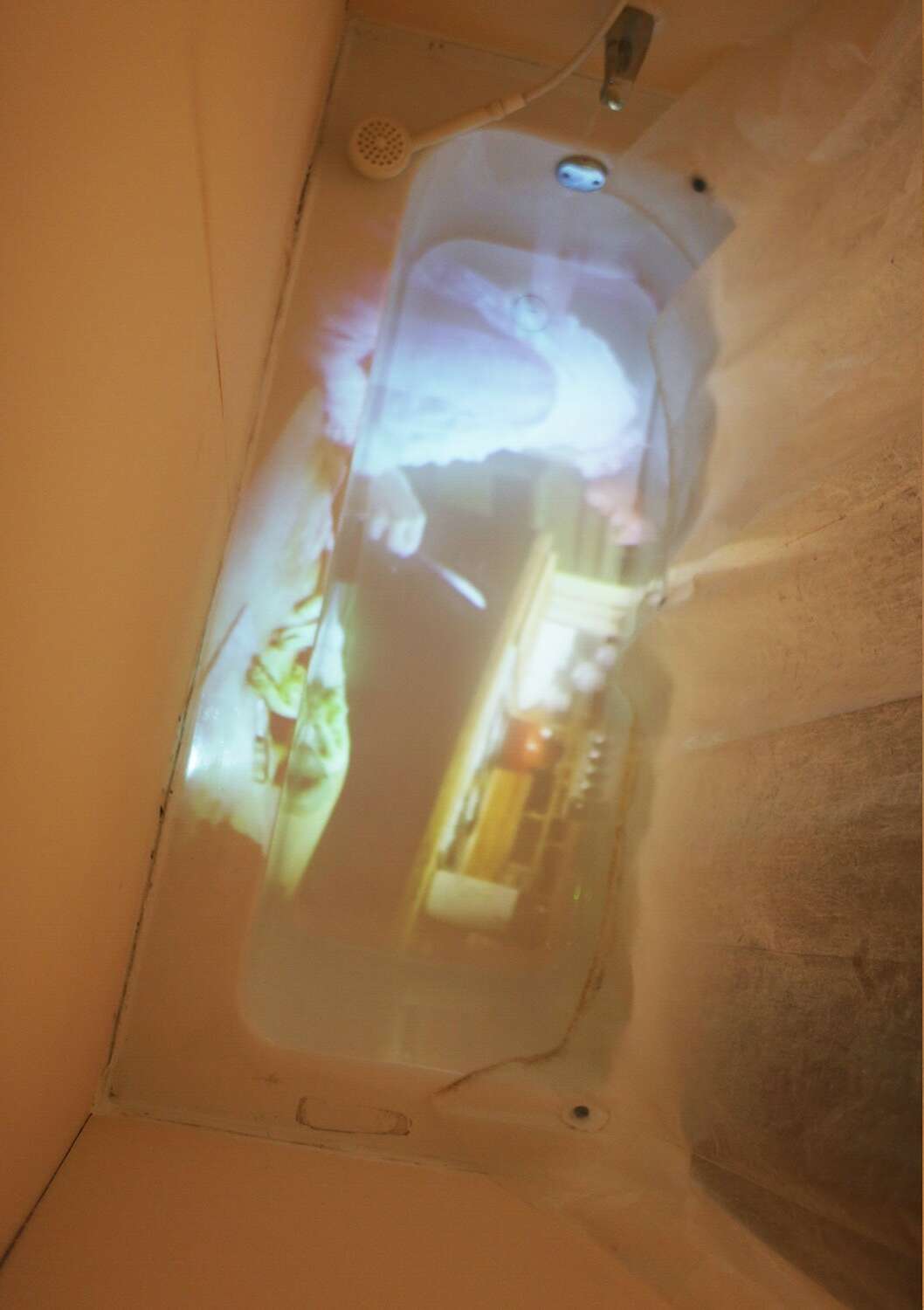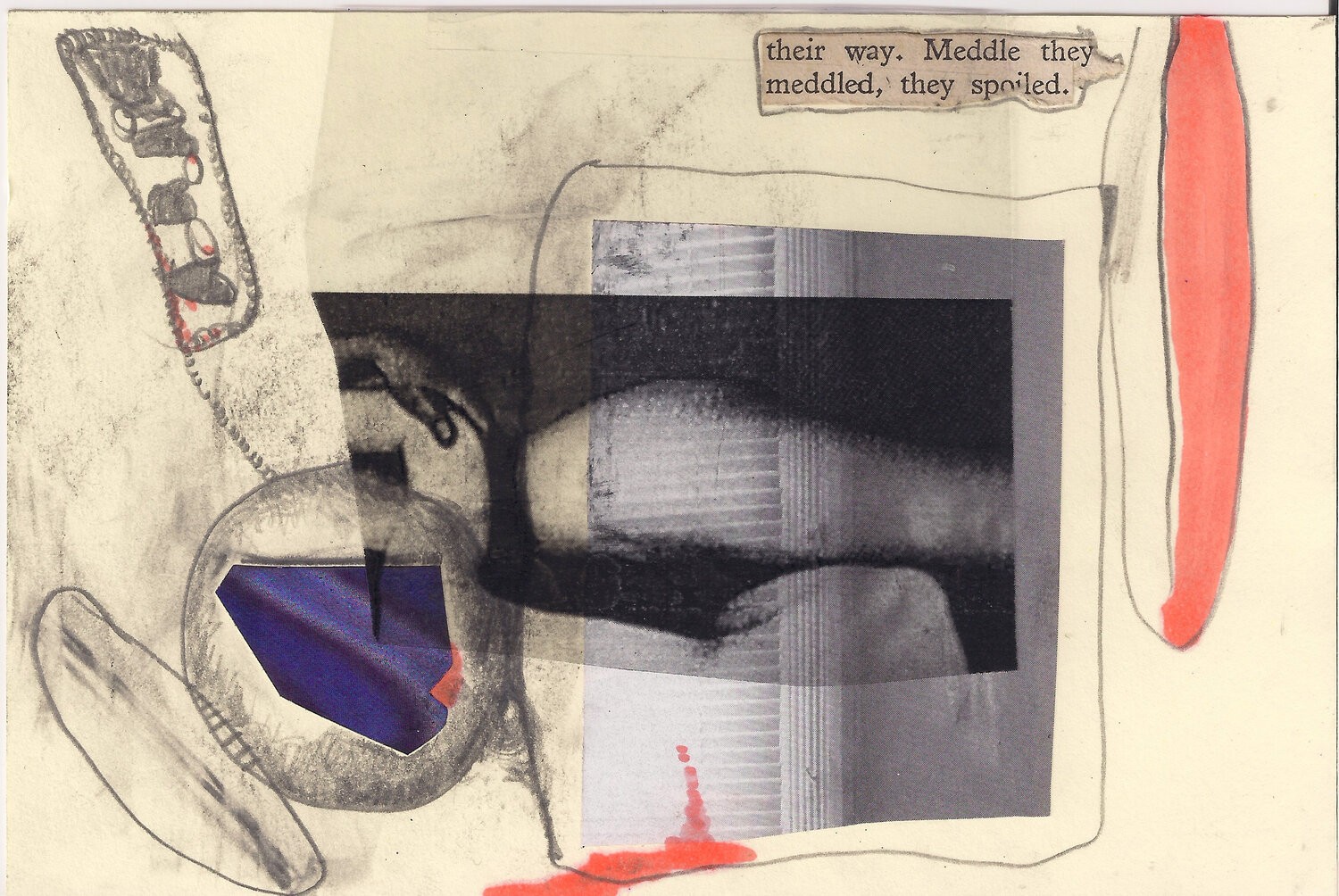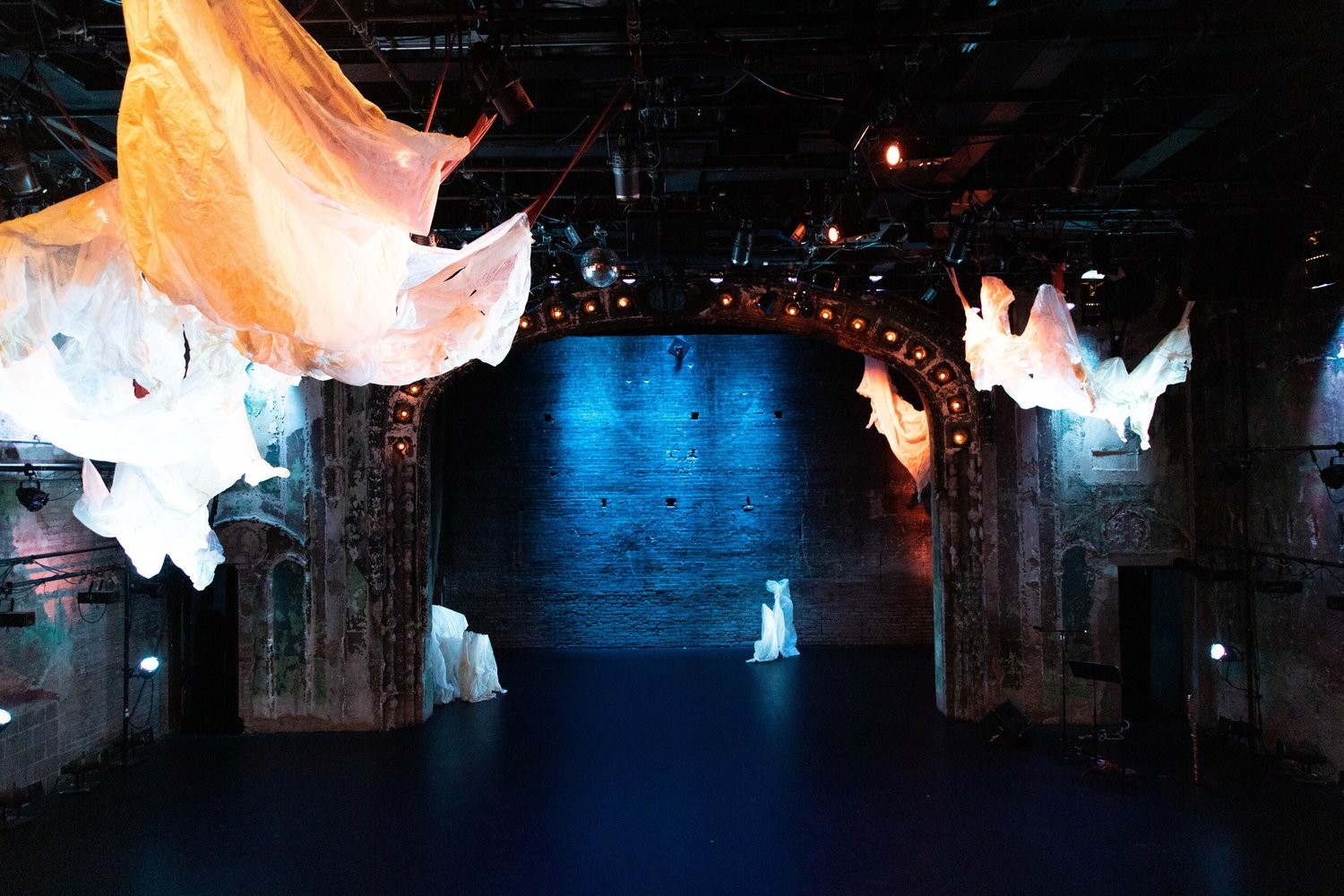We were lucky to catch up with Jess Kiel-Wornson recently and have shared our conversation below.
Jess, looking forward to hearing all of your stories today. Can you walk us through some of the key steps that allowed you move beyond an idea and actually launch?
It’s hard to say I make my life as an artist–it’s been this lifelong evolving struggle and strange joy. It’s a cycle like a lot of other loves, familial loves, romantic loves. I’ve moved all over the place, trying to figure out the ladder or path to career and having enough money, and sometimes it has worked for a while and then it doesn’t. I only recently made the decision to prioritize art. It’s a great privilege to be able to do that and I haven’t done it before. It’s time. I’m doing painting commissions, portraits and such. I love it. I am broke again but I love the thing that I’m building. I feel a little like Dorothy in the Wizard of Oz, like I had the answer the whole time and my mentors and friends and family have been telling me the whole time and I just didn’t believe it: Make art first. I’m designing and building sets in collaboration with phenomenal dance artists, I’m back to painting people, my first love. Back to teaching observational drawing. Back to teaching young college artists–but without worrying about the institutions, without feeling like I need to rise through the ranks. I cycle and root around and step away and now I’m feeling like I’m fully in it, there will be times that don’t feel so good, but I’m acknowledging a cycle and I’m in more of a constellation than a path–and I dig that.


Great, appreciate you sharing that with us. Before we ask you to share more of your insights, can you take a moment to introduce yourself and how you got to where you are today to our readers.
I describe myself as a multi-disciplinary artist, using my practice to examine and challenge the ways that we engage with oppressive systems, as learned through our stories and surroundings. I think of people as amalgamations of our experiences, our stories, the stories we consume, and the spaces we move through. I pay attention to hallways and basements and grocery stores and museum storage rooms. And I pay attention to stories–movies, fairytales, songs. The ways we romanticize our world. I make paintings–intimate, tiny paintings of objects—a razor blade with a flower or a marble and a watch. Little things that feel like they tell a story together. Or paintings of people in their busy environments–kids surrounded by the mess that is a space with kids in it.
I make collages—collections of everyday detritus and imagery. Lovingly layered into what I think of as spells.
I make immersive installations in collaboration with choreographers and performance artists—dense environments that make us consider our relationship to one another and to the physical fabric of our world.
I make small sculptures–collections of objects combined into potions: a spell for transition, a spell for love and partnership, spell for equilibrium, healing spells. These I sell or give to folks to keep with them on their journeys.


Learning and unlearning are both critical parts of growth – can you share a story of a time when you had to unlearn a lesson?
For a long time, I was under the distinct impression that women were just supposed to be sad, supposed to always feel uneasy, accept self-loathing, and swallow desire for possibility–a sort of feminized ennui, one that discourages action or change. I recently watched the Three Muskateers Movie from the 90’s and had a visceral memory of desperately wanting to be a Muskateer. They adventured, laughed loudly, drank, told stories, asked each other questions about love and seduction and growing old. They just had the coolest bromance. The femme characters in it were as follows: 1. Hottie political pawn who was regularly assaulted and bathed in milk (gross), 2. Sad, love-struck pretty lady with no personality but really nice lips, 3. Profoundly tragic scorned-woman-turned-spy who jumps off of a cliff but only after realigning her horrible ex and revealing her secrets in order to uphold the monarchy (ugh!). I really believed that I had to choose between some version of those three archetypes. I then spent way too much of my life aligning myself with men at the cost of the wisdom of elders, of adventures, of art, of that Muskateer “brotherhood” with other women. I think a lot of women do this without knowing it. Unlearning insidious ideas of supremacy and singularity is a wildly difficult and ongoing process, conversation, action, work, and wonder. It’s also the most rewarding thing I’ve ever done—embracing all of those things I sacrificed before. I’m still working on it, and working on bringing folks, especially the femmes in my life, along with me in the unlearning of supremacy culture.
Are there any resources you wish you knew about earlier in your creative journey?
I wish I had a better understanding of how to foster creative community earlier and I am still learning and practicing how to cultivate and foster creative practices outside of “art spaces”. Blurring the divisions of “art people” and everyone else. I am really invested in conversation and critique. I think that critique is one of the most generous acts in art practice and one that I wish I experienced more in other parts of life. What we are doing in this process, this ongoing exchange from peer artists, is a big part of what I want in all aspects of my life–personal, political, social, financial. Deep, invested, examination, challenge, and remaking that comes from a place of love. Figuring out how to expand that practice beyond art communities, to engage consistently in critical and open invested exchange. I wish I had understood, felt in my bones earlier, that not just artmaking but the kinds of conversation that happen around artmaking- are decolonizing practices, these practices can destabilize hierarchy everywhere. I want this to be less exclusive, I want this resource, this learned practice to be part of our cultural expectation.
Contact Info:
- Website: jkwornson.com
- Instagram: @jkwornson
- Facebook: Jess Kiel-Wornson
Image Credits
Bill Cameron


